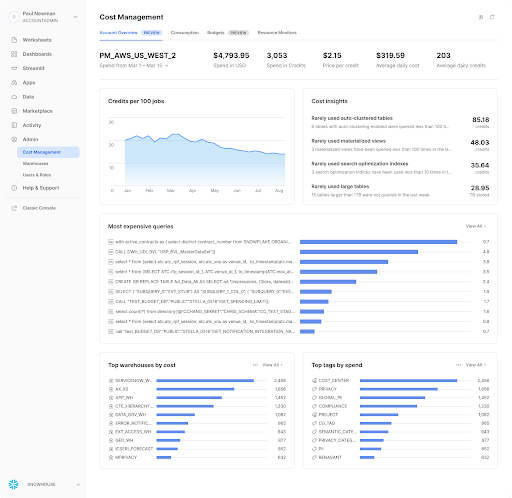Talking with retail executives back in 2010, Rama Ramakrishnan made two realizations. First, personalized recommendation systems offered little payoff for retailers despite the attention they received. Second, most customers only shopped once or twice a year, making it difficult for companies to know much about them. Ramakrishnan, a professor at MIT Sloan School of Management, believed that by diligently noting down customer interactions, a detailed composite picture of their preferences and behaviors could be created. This information could then be used with proven machine learning algorithms. Inspired by these realizations, Ramakrishnan founded CQuotient, a startup that eventually became the foundation for Salesforce’s AI e-commerce platform.
Today, CQuotient’s technology interacts with over a billion shoppers on Black Friday alone. After a successful entrepreneurial career, Ramakrishnan returned to MIT Sloan in 2019 to teach students how to pragmatically apply these technologies in the real world. He also participates in MIT executive education, where he learns from senior executives and guides them in the right direction.
Ramakrishnan explains that AI is the quest to give computers the ability to perform cognitive tasks traditionally done by humans. The traditional approach to AI, which relied on if/then rules, had limitations and struggled with new situations. Machine learning, on the other hand, learns by example and has been successful in structured data tasks. Deep learning, which emerged around 2010, allowed for the processing of unstructured data, thanks to advancements in hardware and algorithms. Generative AI, a subset of deep learning, can create unstructured outputs like text and images.
While generative AI can do complex tasks and produce coherent outputs, it’s important to keep in mind that it may not always provide the correct or relevant answer. Users must verify and correct the output before using it. Ramakrishnan acknowledges the need for techniques to address the limitations of generative AI and expects innovative tools to emerge.
In terms of applying generative AI in corporate roles, Ramakrishnan advises considering the costs and consequences of errors. For tasks like software development and content generation, where there are ways to verify and correct the output, using generative AI can be beneficial. However, human oversight is crucial to ensure accuracy. LLMs are also being used as in-house tools for document search, but caution is needed when using them for external customer interactions.
Overall, Ramakrishnan believes we are living in a remarkable time to explore the potentials and pitfalls of AI. He helps companies harness these transformative technologies to create intelligent products, increase employee productivity, and improve operational efficiency.
Source link





















